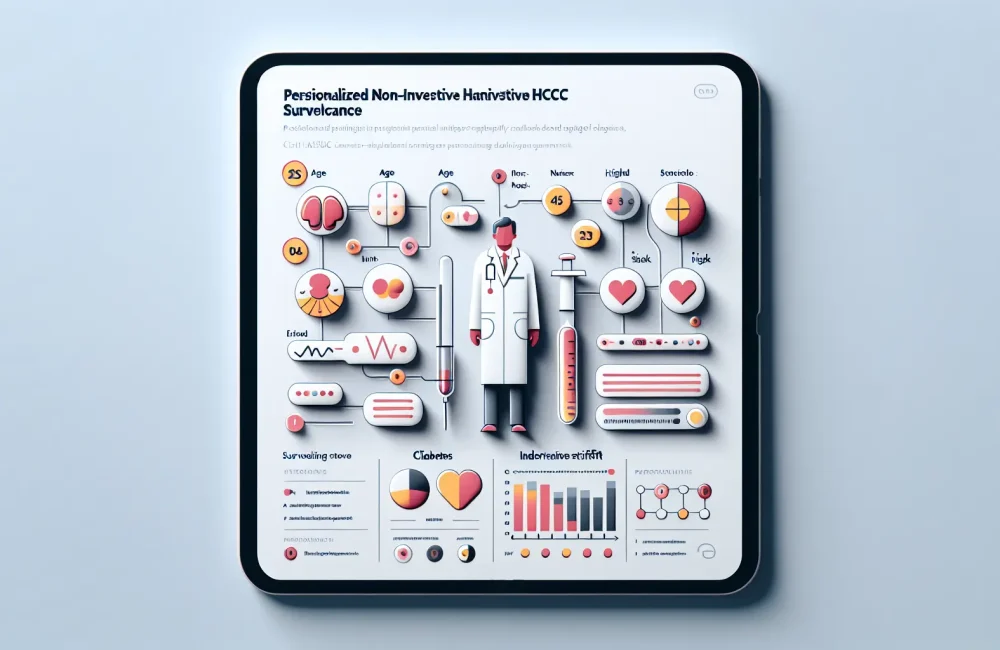By CAFMI AI From New England Journal of Medicine
Innovative Treatment for Recurrent Small-Cell Lung Cancer
Small-cell lung cancer (SCLC) remains one of the most aggressive and challenging malignancies treated by healthcare professionals, especially in the USA where early diagnosis and effective therapy are critical. SCLC is characterized by rapid tumor growth and a high propensity for early metastatic spread, making it difficult to manage once the disease progresses beyond initial therapy. The current standard first-line treatment involves platinum-based chemotherapy, which often produces an initial tumor response. However, the vast majority of patients unfortunately experience relapse, and the prognosis after recurrence is generally poor due to limited therapeutic options. This context underscores an urgent need for advancing treatment modalities that extend survival and improve quality of life in recurrent SCLC cases. Tarlatamab, a novel bispecific T-cell engager targeting DLL3, a protein selectively expressed on SCLC tumor cells, represents a promising advancement in this area. By redirecting a patient’s own T cells to recognize and kill the tumor cells, tarlatamab introduces a novel immune-based mechanism of action distinct from traditional chemotherapy or checkpoint inhibitors. This innovative therapeutic strategy is designed to improve on the suboptimal results seen with existing second-line treatments.
Clinical Trial Outcomes and Safety Profile of Tarlatamab
The recent clinical trial evaluating tarlatamab involved patients with confirmed recurrent SCLC who had progressed following standard platinum-based chemotherapy. The study’s design included a dose-escalation phase followed by dose expansion to determine the optimal therapeutic dose balancing efficacy with safety. Eligible patients received intravenous infusions of tarlatamab and were closely monitored for treatment responses and adverse events. Key endpoints were objective response rate (ORR) and safety, with secondary endpoints including progression-free survival (PFS) and overall survival (OS). The results demonstrated a manageable safety profile, which is particularly significant given the vulnerable status of this patient population. The most frequently observed treatment-related adverse event was cytokine release syndrome, which was generally mild to moderate in severity and manageable with supportive care measures. Importantly, tarlatamab induced objective tumor responses in a substantial proportion of patients, with some demonstrating durable responses that extended beyond the typical duration expected with other therapies. Median progression-free survival and overall survival metrics were notably improved when compared to historical control data for recurrent SCLC patients, suggesting a meaningful clinical benefit. These findings provide evidence that tarlatamab not only has antitumor efficacy but also offers a tolerable safety profile, making it a viable outpatient therapy option for recurrent SCLC cases.
Implications for Clinical Practice and Future Directions in SCLC Management
For clinicians, especially those practicing in the USA, the emergence of tarlatamab as a therapeutic option offers new possibilities for managing recurrent SCLC. Understanding the mechanism of this bispecific antibody and its safety considerations is essential when integrating it into treatment algorithms. Tarlatamab’s unique mode of action through T-cell engagement complements existing therapies and may fill a critical gap following chemotherapy failure. Given the aggressive nature of SCLC and the limited success of prior salvage treatments, this therapy could reshape clinical workflows for patients progressing after initial response to platinum-based chemotherapy. Clinicians should be mindful to closely monitor patients for cytokine release syndrome and other immune-related effects during treatment, with protocols in place to promptly manage these toxicities. Counseling points must include detailed discussions about the expected benefits, potential side effects, and the need for ongoing monitoring. Follow-up scheduling should be aligned with prompt assessment of tumor response and early detection of adverse events. Additionally, these trial results may influence future guideline updates by providing evidence for incorporating immunotherapy-based bispecific T-cell engagers as a standard of care option in SCLC. This represents a hopeful stride forward in a malignancy historically marked by limited survival prospects and therapeutic options, underscoring the importance of continued research and clinical trial participation for these patients.
Read The Original Publication Here






